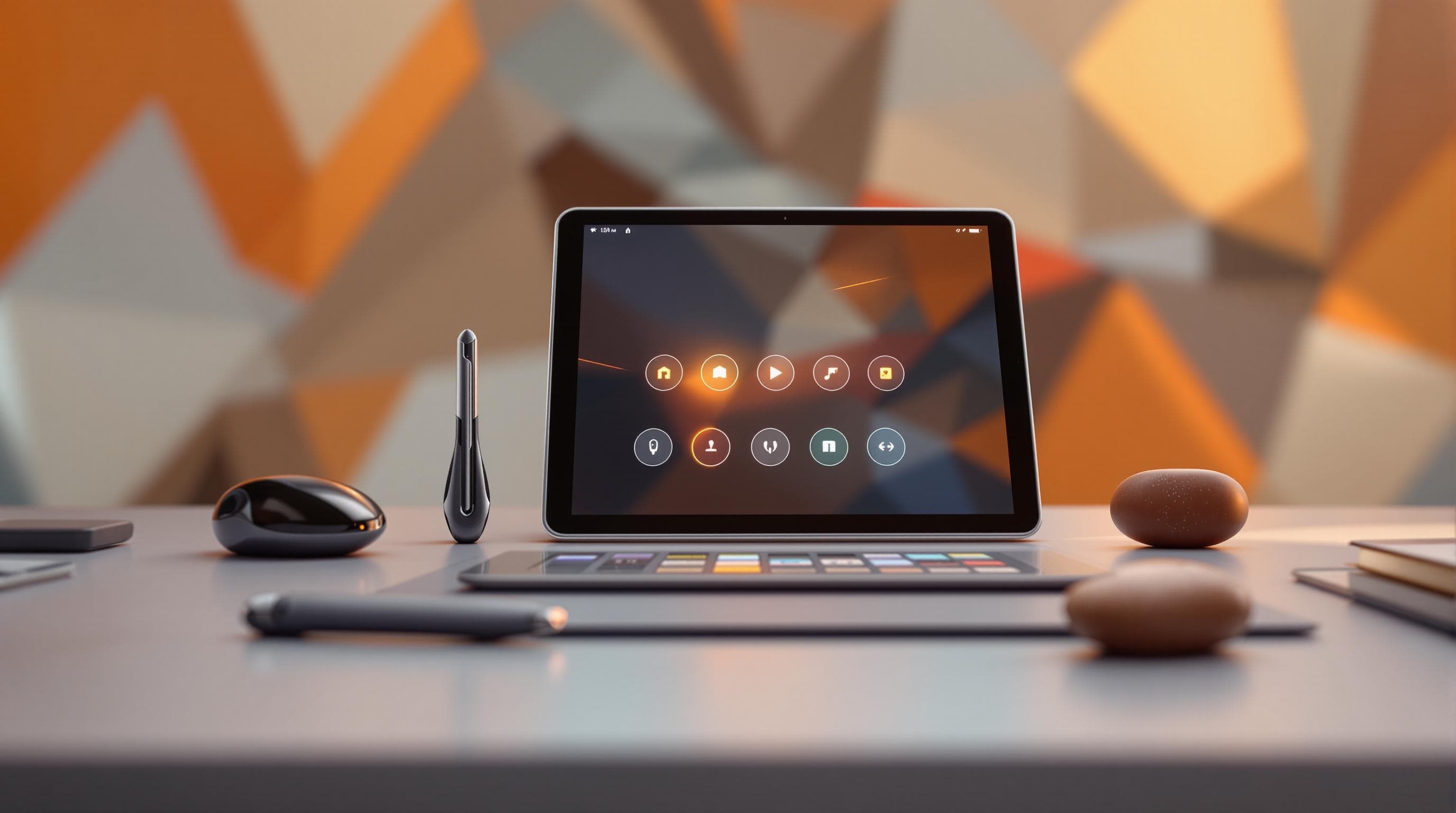Beyond Clicks: How Interactive Design Elements Boost Form Conversion


The realm of form creation has steadily evolved from simple, static pages to dynamic, interactive experiences. This shift isn't just about aesthetics; it's a strategic move to boost form conversion rates. With attention spans dwindling, engaging users to complete forms has become a challenge. So, how do we craft forms that captivate and convert? The answer lies in leveraging interactive design elements.
Why Interactive Design Matters
Interactive design elements serve as the bridge between user engagement and higher conversion rates. Engagement isn't merely a buzzword—it's a critical component of user experience. When users are intrigued or amused, they're more likely to complete a form. This increased interaction not only enhances user satisfaction but also drives the ultimate goal: conversion.
Benefits of Interactive Design in Forms
- Enhanced User Experience: An engaging form keeps the user's attention, making the completion process feel less like a chore.
- Higher Completion Rates: Interactive forms often see fewer drop-offs, as users are more motivated to reach the end.
- Improved Data Accuracy: Interactive elements can guide users to input the correct data, reducing errors and improving the quality of collected information.
- Brand Perception: A well-designed form reflects positively on a brand, making it seem more modern, reliable, and customer-focused.
Crafting Engaging Forms: A Guide
Start With a Visual Hierarchy
A clear visual hierarchy guides users through the form seamlessly. When users know what to focus on, they complete tasks more efficiently.
- Headlines and Subheadings: Use clear and concise headlines to break up sections.
- Color and Contrast: Highlight essential parts of the form using contrasting colors.
- White Space: Ensure there's ample space between elements to prevent overwhelming the user.
Incorporate Interactive Elements
Interactive elements aren't just flashy additions; they can significantly enhance user engagement.
-
Progress Bars: Show users how far along they are in the form. This motivates them to complete it, especially in longer forms.
-
Conditional Logic: Present questions based on previous answers. This creates a personalized experience and shortens the form.
-
Clickable Images: Replace text with images when possible. This not only makes the form visually appealing but also caters to visual learners.
-
Tooltips and Guidance: Provide users with on-the-spot help through tooltips or small guidance boxes. This is especially useful for complex questions.
Focus on Mobile Optimization
With more users accessing forms on mobile devices, ensuring a seamless mobile experience is crucial.
- Responsive Design: Ensure the form looks great on all devices, whether it's a smartphone, tablet, or desktop.
- Touch-Friendly Elements: Design buttons and fields that are easy to tap, avoiding user frustration.
- Minimal Text Entry: Use dropdowns, sliders, or toggles instead of requiring extensive typing.
Real-Time Feedback
Immediate feedback can significantly enhance user experience. It reassures users that they're on the right track.
- Validation: Use real-time validation to inform users of errors as they type. This reduces frustration and backtracking.
- Success Messages: Celebrate small victories with success messages as users complete sections.
Create a Sense of Urgency
While urgency should be used sparingly, it's effective in encouraging users to complete forms promptly.
- Limited-Time Offers: If applicable, highlight offers or deadlines.
- Countdown Timers: For event registrations or sales, a countdown can push users to act swiftly.
Putting It All Together
As you craft your forms, remember that the goal is to make the user's journey as smooth and engaging as possible. By incorporating interactive elements, you not only enhance user experience but also significantly boost your conversion rates.
Real-World Tools and Resources
To implement these strategies, consider using tools like Typeform for creating conversational forms, or Jotform for integrating conditional logic and mobile optimization. Ezpa.ge itself offers powerful features that can streamline your form-building process, from drag-and-drop editing to real-time syncing with Google Sheets.
Conclusion
Interactive design elements are more than just nice-to-have features. They are essential tools in the quest to captivate users and drive conversions. By focusing on user engagement through interactive design, you not only improve the user experience but also achieve your business goals more effectively.
As you consider your next form-building project, remember the potential of these elements to transform a mundane task into an engaging experience. Start by integrating just one or two elements and observe the impact on your conversion rates.
Ready to transform your forms? Dive into Ezpa.ge's robust platform and experiment with our interactive design features today. Your journey to higher conversions starts with a single click. Get Started with Ezpa.ge and see the difference interactive design can make!


